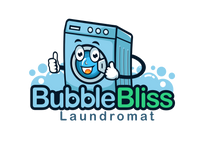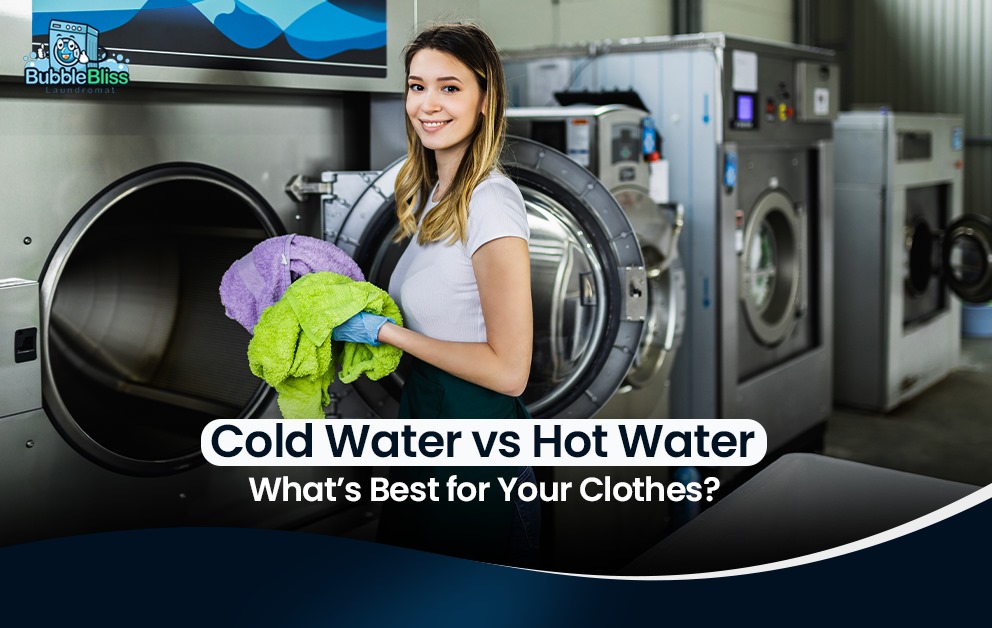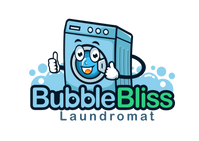Choosing the wrong water temperature can quietly ruin your clothes, causing faded colors, unwanted shrinkage, and worn-out fibers. The cold vs hot water laundry decision matters more than it seems, especially if you care about cost, garment care, and your clothing’s lifespan.
Why Water Temperature Matters in Laundry
Not all laundry settings are created equal. The temperature of the water you’re using directly affects how well dirt breaks down, how long your fabrics hold up, and how efficiently your machine runs. What seems like a small choice can have ripple effects across your wardrobe and utility bills.
With better detergents and improved washing machines, the decision between cold and hot isn’t just technical—it’s about everyday impact. The cold vs hot water laundry debate becomes more meaningful when you consider how temperature can affect everything from bacteria levels to fiber strength.
Benefits of Washing with Cold Water
Cold water cycles have grown in popularity for a reason. Since heating water can account for up to 90% of a washer’s energy use, switching to cold helps reduce your power usage and lower your monthly bills.
Then there’s color retention. Washing clothes in cold water helps prevent dye bleeding and fading. Your favorite graphic tee and dark jeans stay vibrant for longer, and delicate fabrics don’t lose their texture. Cold water also puts less strain on fibers, which means fewer micro-tears and pilling. For those looking for fabric care tips, this is one of the easiest wins.
Modern formulations in cold water detergent now carry enzyme blends and fast-acting surfactants. These are designed to work without needing heat, so you still get a thorough clean while being gentler on your clothing.
When to Choose Hot Water for Laundry
While cold settings do the heavy lifting for daily loads, there are still clear moments when hotter is better. Research shows that bacteria like E. coli and staph can survive in damp laundry for weeks, making hot water essential for these high-risk items. Think of hot water laundry benefits as a tool for deep cleaning rather than a default.
Items like bedsheets, kitchen towels, gym gear, or baby clothes that require extra sanitization respond well to higher heat. Hot cycles break down body oils, sweat, and heavy soil in a way that cold water sometimes can’t match. They also help manage allergens and bacteria in linens.
Fabric Guide: Cold vs Hot Water by Material Type
Cotton
Casual cotton clothing can handle warm or hot cycles, especially when heavily soiled. To avoid shrinkage, pre-shrunk or blended cottons do best in cold or warm washes.
Synthetics
Polyester and similar fabrics retain shape better in cold water. Heat can cause them to lose stretch and become stiff over time.
Wool
This natural fiber is prone to shrinking and felting. Cold cycles on a gentle setting help maintain softness without distorting the fit.
Delicates (lace, silk)
Delicate materials respond best to cold, low-agitation cycles. Hot water breaks down their structure too fast, shortening their lifespan.
Denim
To maintain deep color and reduce stiffness, cold washes are ideal. Turn jeans inside out and skip hot cycles to prevent early fading.
Common Myths About Cold Water Laundry
One of the biggest myths floating around is that cold water doesn’t clean well. Another common idea is that sanitization always needs boiling-hot water.
While high heat does kill germs, most daily laundry loads don’t require it. Laundry additives and longer spin cycles can support cleanliness even at lower temperatures.
Some believe using cold water means sacrificing brightness. However, with proper stain pretreatment and detergent choice, most whites and colors stay just as vibrant—if not more so—since cold water reduces fabric wear.
Environmental and Cost Benefits
Cold cycles mean cleaner clothes with less environmental guilt. Heating water takes a lot of energy, so shifting to cold is one of the easiest switches toward energy efficient laundry habits.
Cold washing also helps extend clothing’s lifespan. When fabrics hold their shape and dyes don’t bleed out as fast, there’s less need for replacement. That means less shopping, fewer landfill contributions, and real savings over time.
From a cost perspective, reducing the use of heated washes cuts electricity usage significantly. For large households or frequent washers, this adds up quickly, especially for anyone rethinking their current cold vs hot water laundry routine to achieve smarter savings.
How to Get the Best Results, No Matter the Temperature
Start with the care label—it usually tells you everything you need to know. At Bubble Bliss Laundromat, we always recommend pairing the right temperature with the right detergent, especially when choosing between regular or cold water detergent formulations.
For stubborn stains, pre-treat before tossing items into the washer. Cold cycles benefit from slightly longer wash times and smaller loads so that fabrics get enough friction to clean thoroughly.
FAQ Section
- Can I wash everything in cold water?
– Not everything—but most items, especially lightly worn everyday pieces, clean just fine in cold water. For items that need extra sanitization, a hot or warm cycle might still be the better option. - Is hot water bad for colors?
– Hot water can cause bright and dark fabrics to fade more quickly. It may also trigger dye bleeding in mixed-color garments. Use cooler settings for color-rich items to keep them looking newer for longer
Cold vs Hot Water Laundry at a Glance: Washing Temperature Guide
| Criteria | Cold Water | Hot Water |
| Energy Usage | Supports energy efficient laundry by reducing the power needed to heat water. | Consumes more energy due to water heating. |
| Color Protection | Helps prevent fading and bleeding. Keeps colors vibrant longer — ideal for graphic tees and dark fabrics. | Can cause color fading or bleeding, especially on new or dark items. |
| Fabric Care | Lower strain on fibers, reducing micro-tears, pilling, and overall wear. Great for fabric care tips enthusiasts. | High heat can weaken fibers and shorten fabric life. |
| Cleaning Power | Effective for everyday loads when paired with modern detergents containing enzymes and surfactants. | Delivers stronger sanitization, better for oil, grease, and thick soil. |
| Item Suitability | Best for delicate fabrics, darks, and casual daily wear. | Works well for bedsheets, towels, gym gear, baby clothes, or anything needing deeper disinfection. |
| Environmental Impact | Lowers carbon footprint by using less energy. | Higher environmental cost due to energy consumption. |
| Water Temperature Limitations | Works best in moderate climates. Some detergents may underperform in extremely cold tap water. | Effective even in cold regions where warmer water helps dissolve detergent better. |
| Stain Handling | Adequate for light to moderate stains. | Excels at removing heavy sweat, oil, and allergens. |
| Best Use Scenario | Daily wear, frequent loads, and anyone aiming for energy efficiency. | Infrequent, but important for deep-cleaning or sanitizing heavily soiled items. |
| Final Take | If you’re aiming for smarter cold vs hot water laundry choices, cold works great for regular care, while hot water is the go-to for occasional intensive clean-ups. | Knowing when to alternate between the two helps you clean smarter and protect your clothes over time. |


